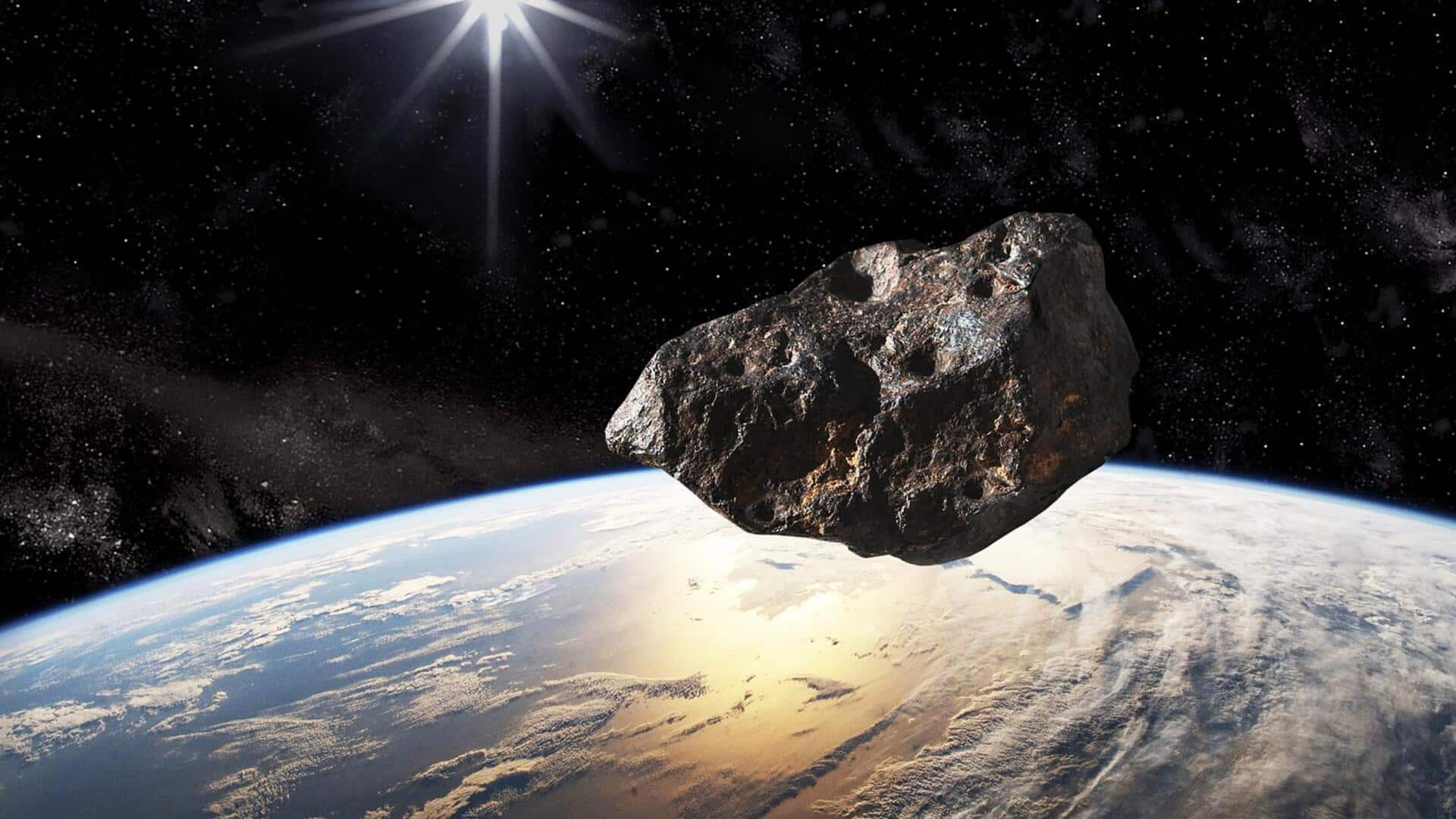NASA issues alert about plane-sized asteroid approaching Earth today
NASA's Jet Propulsion Laboratory has issued a public alert about an asteroid, named 2024 KN1, set to make its closest approach to Earth today. Comparable in size to an 88-foot airplane, the asteroid is traveling at a speed of approximately 16,500km/h. The celestial body belongs to the Amor group and will be closest to Earth on June 23, 2024, at 11:39pm IST.
Asteroid 2024 KN1 classified as non-threatening
Despite the asteroid's close approach, NASA has classified 2024 KN1 as non-threatening. The asteroid's trajectory will keep it at a safe distance from Earth, eliminating any risk of impact. It is expected to pass safely at a distance of 5.6 million kilometers from our planet.
NASA's dashboard tracks near-Earth celestial bodies
Asteroids, remnants from the formation of our solar system, vary greatly in size and shape. NASA's 'Asteroid Watch' dashboard is designed to track asteroids and comets that make relatively close approaches to Earth. It provides data such as the date of closest approach, approximate object diameter, relative size, and distance from Earth for each encounter. The system specifically monitors asteroids within a range of 7.5 million kilometers from our planet.
Over 30,000 near-earth objects under monitoring
NASA is closely observing over 30,000 asteroids of all sizes in Earth's vicinity. This includes more than 850 asteroids that are larger than a kilometer wide. These celestial bodies have been labeled near-Earth objects (NEOs). However, none of these NEOs pose a threat to Earth for the next century. NASA also keeps an eye on potentially hazardous asteroids with orbits that could bring them closer to Earth.

